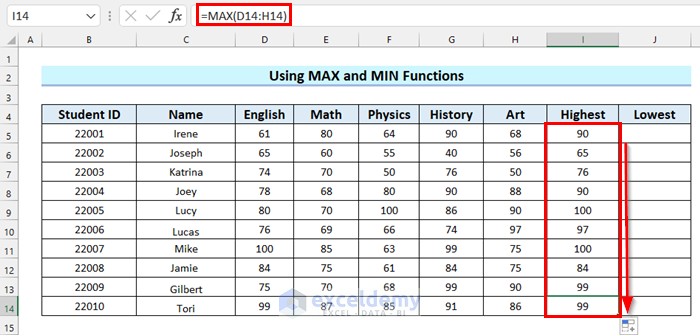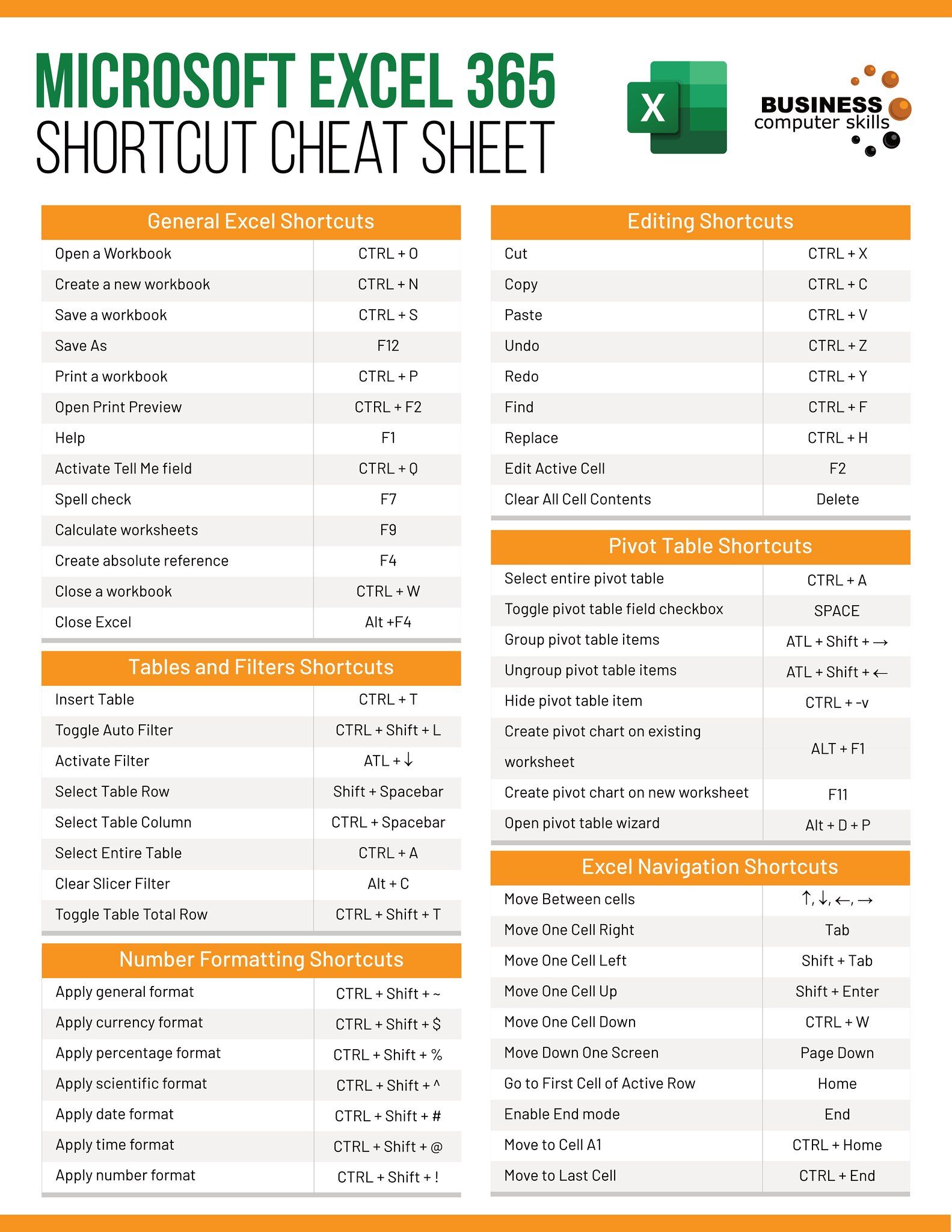3 Simple Ways to Clear Formulas in Excel Sheets

Formulas are a cornerstone feature in Microsoft Excel, enabling users to perform complex calculations, automate tasks, and analyze data dynamically. However, there are times when you might need to clear or remove these formulas from your spreadsheets. Whether you're preparing a dataset for sharing, making a static report, or simply archiving an analysis, knowing how to efficiently clear formulas without losing valuable data is essential. In this detailed guide, we'll explore three straightforward methods to clear formulas from your Excel sheets, ensuring your data remains intact.
Method 1: Copy and Paste Values

The most straightforward method to clear formulas while retaining the data they represent is by using Excel’s copy and paste functionality:
- Select the range of cells containing the formulas you want to clear.
- Press Ctrl + C to copy the selected cells.
- With the cells still selected, right-click anywhere within the highlighted range.
- From the context menu, hover over ‘Paste Options’ and choose ‘Paste Values’ or press Alt + E, S, V.
💡 Note: This method is perfect for preserving the visible data while removing the underlying formulas, which can be useful when you want to lock in current values for reporting or data archiving.
Method 2: Convert Formulas to Values Using a Macro

If you regularly need to clear formulas from large datasets, automating the process with a VBA macro can save time:
- Press Alt + F11 to open the VBA editor.
- Click Insert > Module to create a new module.
- Paste the following code:
Sub ConvertFormulasToValues() Dim ws As Worksheet For Each ws In ThisWorkbook.Worksheets ws.UsedRange.Value = ws.UsedRange.Value Next ws End Sub - Close the VBA editor.
- Run the macro by going to Developer > Macros, selecting ‘ConvertFormulasToValues’, and clicking ‘Run’.
This macro will loop through all worksheets in the current workbook, converting any formulas within the used range to their displayed values.
👩💻 Note: Macros are powerful tools, but they can be disabled by default in Excel for security reasons. Make sure to enable macros or save your workbook with a macro-enabled format (.xlsm).
Method 3: Using a Helper Column or Row

This method is useful when you want to selectively clear formulas while keeping some intact:
- Add a helper column or row where you’ll input a constant like 1 in each cell.
- Select the range with formulas.
- In the formula bar, type “=A1” (assuming A1 is the first cell in your selected range), then hit F4 to anchor the reference.
- Copy the formula down to match your selection.
- Use the Alt + E, S, V shortcut to paste the values back into the original range.
- Delete the helper column or row.
🔍 Note: This approach can be particularly helpful when dealing with specific areas of your sheet where you need to remove only some formulas.
By implementing these three methods, you can efficiently manage your Excel sheets, converting dynamic formula-based data into static values. Each method has its advantages:
- Copy and Paste Values: Immediate, no code or formula changes needed.
- Using a Macro: Automates the process for multiple sheets and large datasets.
- Helper Column: Allows for selective clearing, offering more control over which formulas to retain.
Understanding how to manipulate formulas in this manner not only helps in data preparation but also in managing privacy and security by ensuring that formulas with sensitive information are not shared. By mastering these techniques, you’ll be able to handle your Excel data more effectively, making your spreadsheets cleaner, more readable, and secure for distribution or archival purposes.
Will clearing formulas affect my data?

+
No, the methods discussed here convert formulas to their current values, ensuring your data remains unchanged in terms of visible content.
Can I undo these changes?

+
Unfortunately, once formulas are replaced with values, there’s no easy undo. It’s recommended to keep a backup of your original file before making these changes.
Is there a way to partially clear formulas?

+
Yes, the helper column method allows you to selectively clear formulas while retaining others, giving you more control over the data.